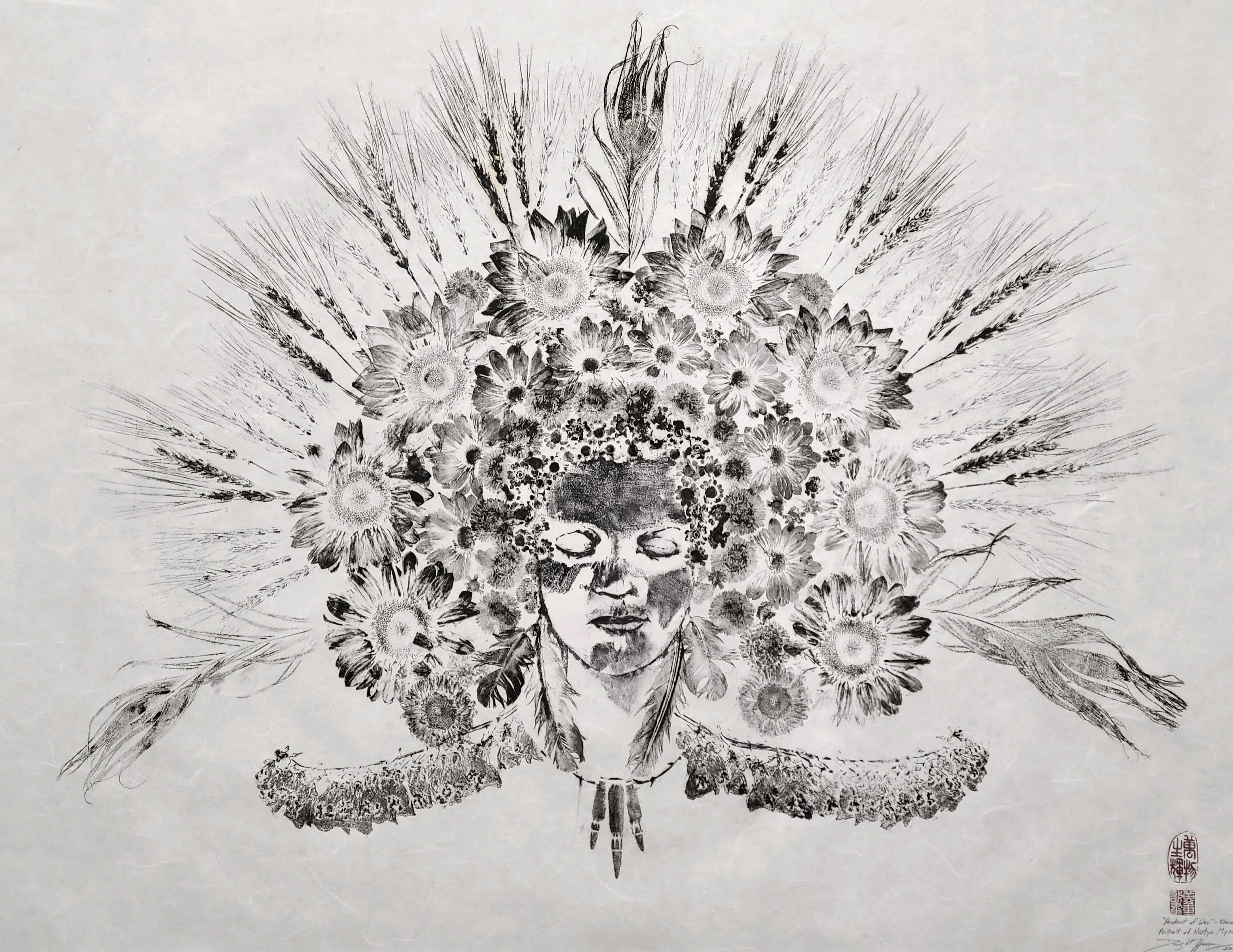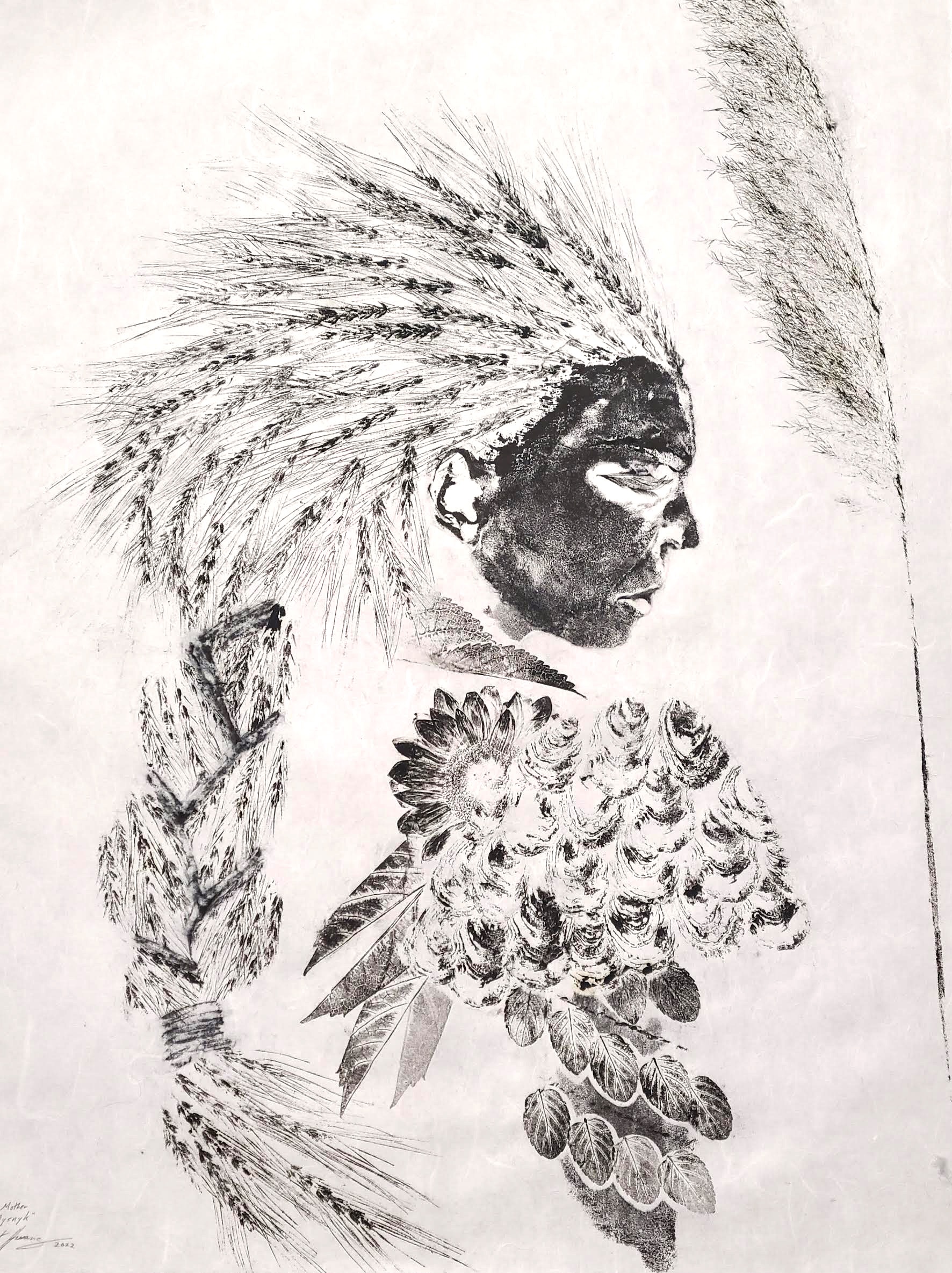Human Portraits


Weston Hwang
A seven year old boy who loves being in the woods searching for wild mushrooms, caressing ferns, and following butterflies. The more time he spends surrounded by trees, the gentler and full of understanding he becomes. Our prince, with a crown of forest green.

Kata Arnerich
Waiting for the sakura blossoms to bloom since last fall to finish this portrait print of a youthful and very hopeful brain cancer patient named Kata Arnerich, who now exudes wisdom beyond her years. This young lady has gone through so much… and then on top of that was diagnosed with stage 3 brain cancer. Despite the scar that runs across her scalp, her smile and laughter is resilient and inspiring. The budding blossoms represent new life from the twisted trunks of cancer. She embodied hope. Kata, unfortunately, died a little over a year later.


"Dashed Wishes"
When most 12 year old girls are becoming more confident about their place in the world, Jessica was sold off by her step-father, while her mother turned a blind eye. This would begin a six year nightmare in the bars and clubs of Tijuana, Mexico.
For a long time, I didn’t know how to approach this portrait of Jessica. Not until I took my son to the park where he and other children picked dandelion seed puffs and blew on them to make wishes. Many of which were trivial and childish. But then my thoughts shifted to Jessica and all the many childish wishes that I’m sure she would love to have made but was not able to due to her circumstances. And so, I decided to turn her into a dandelion. Her hair flowing in the wind, comprised of hundreds of dandelion seeds representing whatever she wishes for herself now.

Pete - US Marine Vet
Behind the dimpled smile of this US Marine of the 1/1 Bravo Raiders, a veteran, is an ongoing silent struggle of feeling alone, left behind by society, and bouts with depression and suicide. “Young and impressionable, that’s what we were.” he said, “All of us joined up because that’s really the only option in life we had.”
Not only did this friend suffer through things that most of us will never have to experience, but as a soldier, this young man felt a great sense of purpose. He was part of something larger than life, but most importantly, his world made absolute sense to him. “Right before we got out, we were made to take a two week course on ‘how to become a civilian again’. We didn’t take it seriously because we thought ‘we were civilians before, how hard could it be?'” He soon found himself overwhelmed. Once entrusted with state of the art vehicles and equipment, he now struggled with finding employment or fitting in long enough to pursue an education. His skill sets and experiences didn’t transfer over. After all that he had been through, he was back at zero all over again. Anger, resentment, and depression set in. Made worse by news of his brothers from his unit coming to the conclusion that their only option in life would be to end it. One after another, five in total. Shortly after he shared this with me, a sixth, their leader, was in trouble, mentally and emotionally. “I got on a plane the next day. We all showed up at his home and loved him. Talked and cried.” They shared their stories with one another, affirming that there was no need to travel this dark valley alone. They took shifts so that their friend was never by himself. His outlook improved as did everyone that came to his side. “I can’t help but to wonder if I had gotten on a plane instead of talking on the phone if my other brothers would still be alive.” From the bullets of his past emerge butterflies newly born. His warrior braids bloom with flowers, and leaves of milkweed give solace to these winged brothers. There is no shame in sharing your burdens. We are all one.


Robert Kentta
“I am gay”, Robert Kentta, a council member of the Siletz Tribe in Oregon, said to me. I assumed he must have had many struggles due to his sexual identity. Not at all”, quietly shaking his head. He explained that among the tribes, there’s a word that refers to those like Robert as “Two Spirits”, meaning the body containing the spirits of both the man and the woman. And that instead of being mistreated and ostracized for being different, that Two Spirits are rare and thus are celebrated. Incredible. How such a small twist in perspective could be so inclusive, rather than be divisive.


Dennis Robinson
“Dennis’s mother Maria was the granddaughter of the high chief Alexei Yatchmenoff. She recalled, as a teen during WW2, being forced from home and instructed to pack two bags and go to a ship. No explanation on what to pack or where they were going. Hurriedly, some of the families and church leaders hid religious icons and prized treasures in the walls of their homes, not trusting the US troops that had taken over the community. The entire Unangan community was taken away from their home and dispersed among different locations in Southeast Alaska. After a journey by sea, Maria awoke at Burnett Inlet where she and her loved ones were to spend the next few years in an internment camp. Many died. When they were eventually returned to Unalaska, they found their homes ransacked and destroyed, icons and heirlooms pocketed as souvenirs. The trauma and devastation to the families, the community, and to their own cultural history was unspeakable. And yet, recovery and rebuilding was the only option.
Throughout generations, healing came slowly. For over two centuries the people were referred to as “Aleut”, a name given to them by the Russians in the 1700s. In the past few decades, they’ve resumed their own name as the Unangax people. The scars remain, but there is hope for the future. Currently there is a resurgence of love and joy in the ownership of heritage. Proud young Unangans all over Alaska are gathering, learning to celebrate, recreate the art and expression of their ancestors, not just expressing the pain, but claiming the joy that it is to be Unangan.”
Listening to Dennis, I felt ashamed that I knew nothing of this part of American history. I started his portrait print by printing his profile and then recreated his body into the form of an ancestral Unangan hunter wearing the iconic visor and “chigdax” which was a waterproof parka made from the intestines of sea mammals. The chigdax has a quilted appearance, so each section of Dennis’ parka contains resilient indigenous flora of his wind swept island. Towards the edges, the plant life grows beyond its quilted borders much like the resilience and spirit of Dennis and his people, they cannot be contained.


Patrice De Carheil
“My world is shrinking”, he said to me as I brushed ink onto the side of Patrice de Carheil’s face who suffers from Parkinson’s Disease. “All the things I love to do…to sing, to play my instruments and create music…one by one, I am unable to do these things anymore. The things that I love.” Patrice was once an avid musician. Performing live at venues throughout France. Visiting his home, there are photos, posters, and all manner of instruments slowly collecting dust. For his portrait piece, I recreated his signature hat and coat using materials that a bird might use to create a nest. Adding layer after layer of twigs and leaves until it became a dark silhouette of his body. Patrice has brought music and joy to so many. Now, unable to continue, a songbird sings for him.

Jane Lubchenco
Jane Lubchenco, Deputy Director for Climate and Environment appointed by President Biden.
One of the top leaders in science with a long list of accolades, service with President Obama’s administration, and a passionate professor who shows no signs of slowing down in educating and challenging her students.
When we met her, we found her to be very candid, gracious, encouraging, and a beaming grandmother with a swollen heart for children.
Rather than share a personal story, she wished for us to convey the story of our relationship with the ocean and to inspire future generations of earth’s stewards.


Nastya Mysnyk
What would it be like to hold your mother and sister by their hands and have to suddenly flee your home, your friends, your life, but most of all, to leave your father behind in a country engulfed by war, all at the tender age of seven?
This is little Nastya, a Ukrainian refugee who I met in a French border town close to Geneva, Switzerland. She is depicted with an iconic Ukrainian floral crown contrasted with a pendant of Russian bullets.


Olena Mysnyk
I met Olena Mysnyk while visiting a friend on the border of France and Switzerland. A mother of two young daughters that had fled the war in Ukraine.
We sat outside and talked about the surreality of having to suddenly wake up to the booming sounds of bombs and realize that the war has begun. To have to hastily say goodbye to her husband, their father, and flee.
This strong figure, suddenly became silent and her body seemed to shrink. She looked down into her lap and wasn’t able to reply. What is more important to a mother than the well-being and joy of her children? “War simplifies life”, she told me. “Only the most important things matter.”


“Dashed Wishes”
“Scales of Injustice, Fallen Petals”.
A moment in the transformation of Medusa from maiden to monster.
I think most versions of the Medusa story depict her as a temple maiden who had dedicated her life to celibacy under Athena, but was caught in a relationship with Poseidon and thus cursed and banished. I recently read a version where Medusa was raped by Poseidon and then blamed for it. I think many of us would ask how this could possibly happen. One only needs to look as far as our own cultures, past and present, regional and religious that would villianize the victim of rape or abuse. Disowned by family, communally shunned, executed…the believability of the harsh judgement handed to the fictional Medusa, does not stray far from the real life characters (he, she, they) of our own stories.
